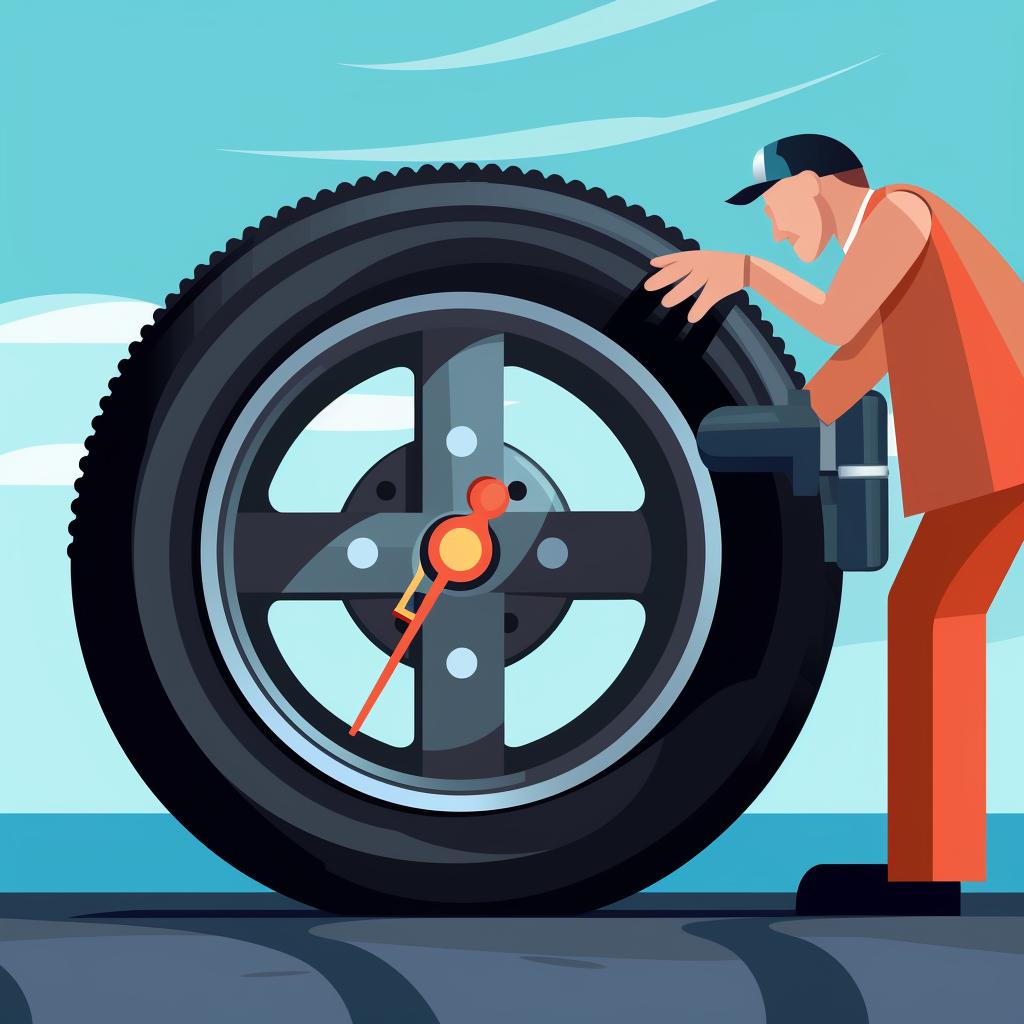Mastering Tire Pressure for Beach Driving: A Step-by-Step Guide 🏖️
Mastering tire pressure for beach driving is essential for a safe and enjoyable adventure on the sand. Our step-by-step guide above will help you navigate this process, but let's delve a bit deeper into the importance of tire pressure and the science behind it.
When you're driving on the beach, the traction between your tires and the sand is crucial. Deflating your tires increases the surface area in contact with the sand, providing better grip and reducing the likelihood of getting stuck. However, the optimal tire pressure can vary based on factors such as the type of sand and the weight of your vehicle.
Before you hit the beach, it's essential to prepare your vehicle properly. This includes checking your tire pressure and ensuring you have the right tools with you. A reliable tire pressure gauge and a portable air compressor are must-haves. If you're unsure about the best tires for driving on sand, our FAQ section can help.
Once you've deflated your tires, it's time to test drive. Pay close attention to how your vehicle handles on the sand. If it's struggling, you may need to deflate a bit more. However, if it feels too loose or unstable, you've gone too far and need to inflate a bit. Remember, driving on the beach is a unique experience and requires a different approach than driving on tarmac roads. Our beach driving safety tips can provide further guidance.
Finally, always remember to reinflate your tires before leaving the beach. Driving with low tire pressure on hard surfaces can damage your tires and affect handling. If you're looking for more information on beach driving, check out our ultimate 4x4 beach driving guide.
With the right knowledge and preparation, beach driving can be a thrilling adventure. Stay safe, respect the environment, and enjoy the ride!


















